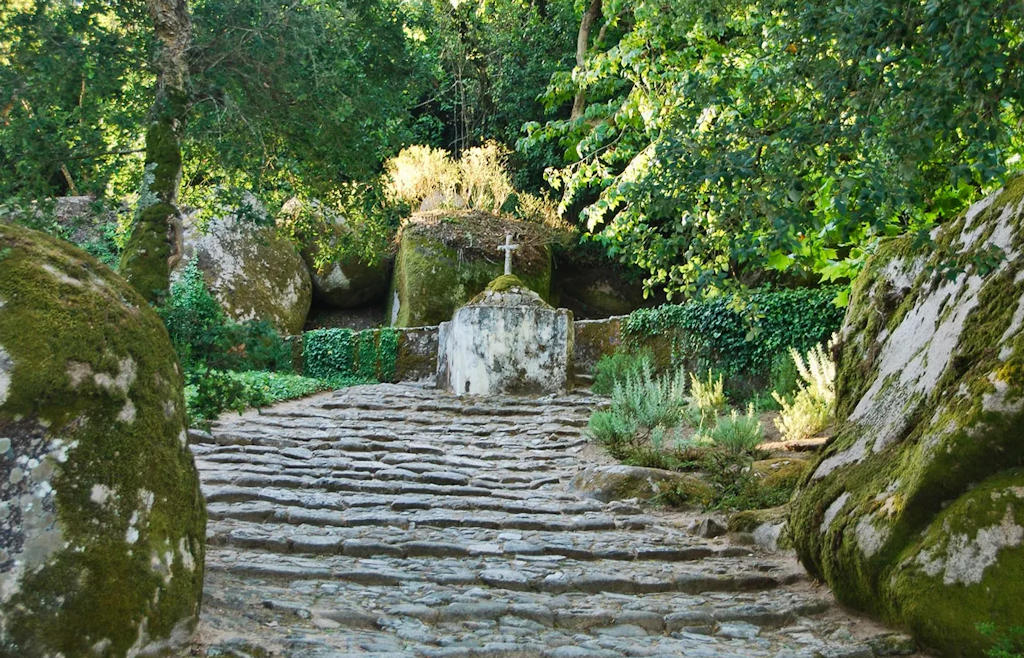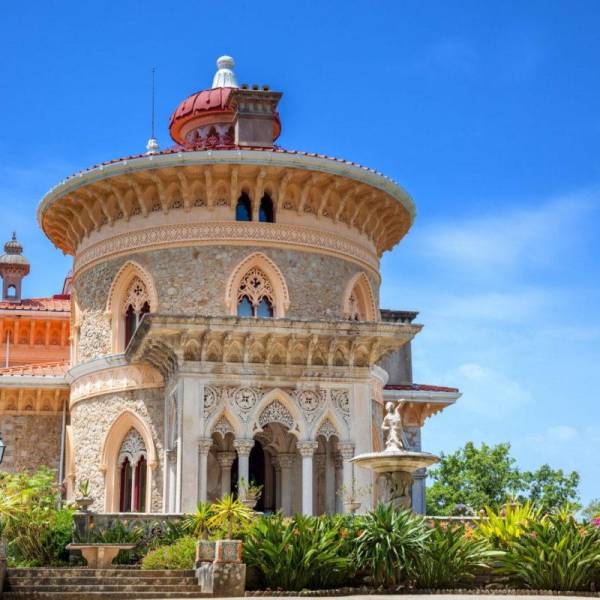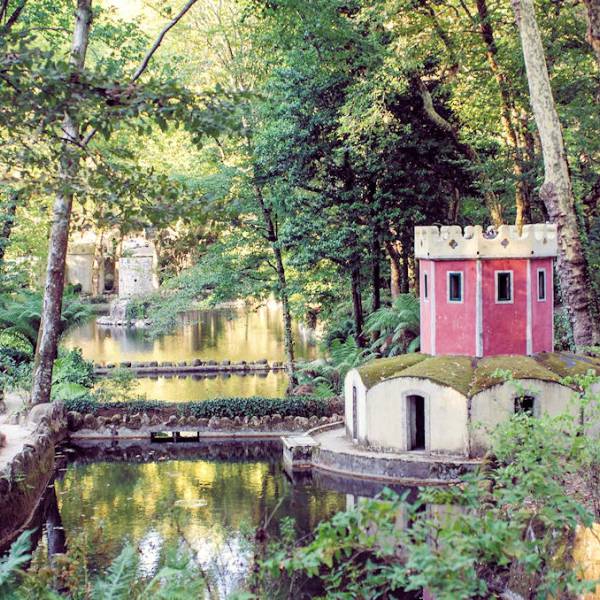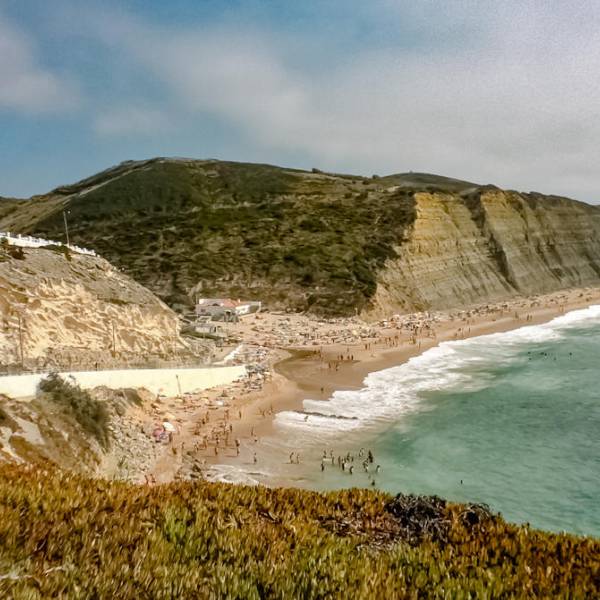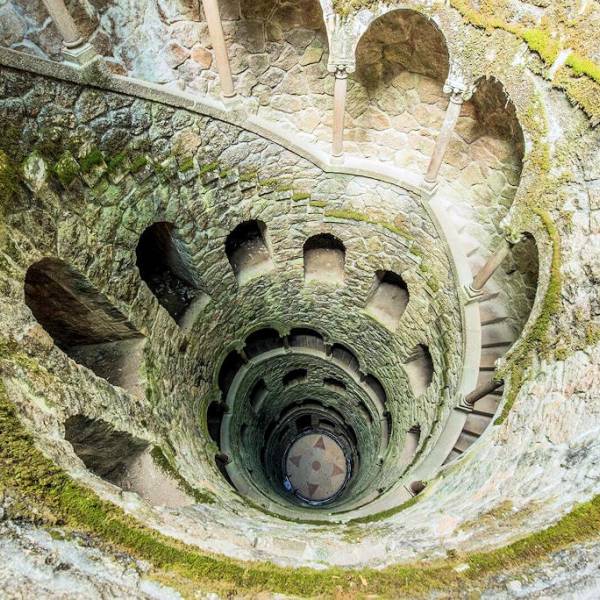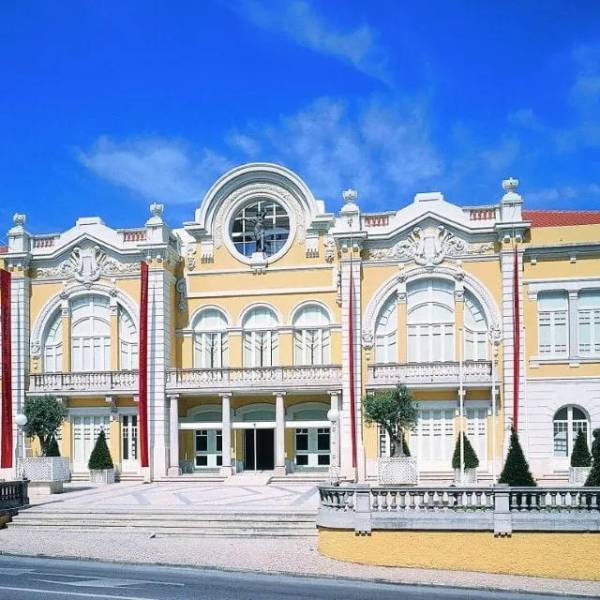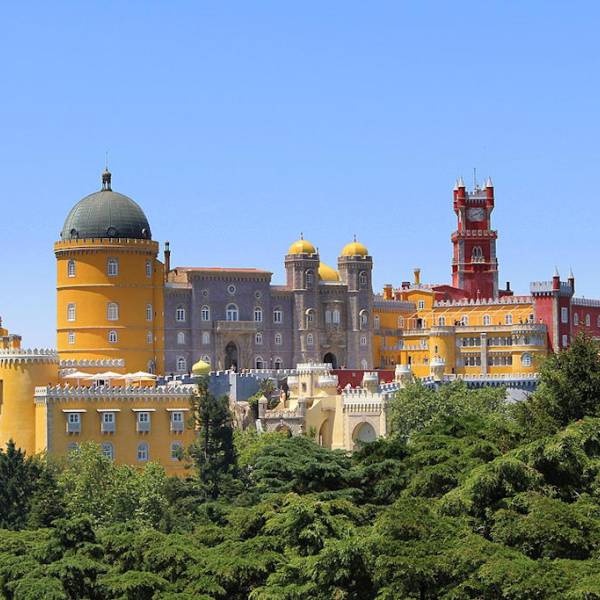The Convent of the Capuchos is a serene day trip from Lisbon. Explore this humble Franciscan convent nestled amidst nature, characterized by its simplicity and spiritual atmosphere. Marvel at the natural integration of the buildings with the surrounding landscape and experience a peaceful retreat from the bustling city.
The convent was founded in 1560 and initially housed eight monks who arrived from the convent of Arrábida. It was established under the inspiration of D. João de Castro, the former Viceroy of India, who, according to legend, received a divine revelation while hunting in the mountains of Sintra. Guided by his vision, D. João de Castro decided to build a Christian temple on the site, leading to the establishment of the convent. The Capuchos Convent followed the Franciscan rule and belonged to the Order of Friars Minor, or Capuchins.
Throughout its history, the Convent of the Capuchos witnessed several additions and renovations. In the 17th century, the Chapel of Santo António was constructed, and mural paintings adorned the exterior of the Chapel of Senhor Morto. The convent received visits from prominent figures such as King Philip II of Spain and Portugal and King John IV of Portugal, who showed their support by providing gifts and provisions to the friars.
Royal patronage continued into the 18th century, with King John V of Portugal offering annual donations of olive oil and azulejo tiles to the convent. Despite facing challenges and the abolition of religious orders in 1834, the convent remained inhabited by members of the religious community until the 19th century. In 1873, it was acquired by Sir Francis Cook, 1st Viscount of Monserrate, and later passed into the possession of the Portuguese State in the first half of the 20th century.
Efforts to preserve and restore the Convent of the Capuchos began in the 20th century, initiated by the Directorate-General for Buildings and National Monuments. Various public projects were undertaken to safeguard the site, including the construction and repair of roofs, restoration of interiors, and cleaning of the spaces. In 2001, the convent was reopened to the public under the management of Parques de Sintra Monte da Lua S.A., following extensive restoration and conservation efforts.
The Convent of the Capuchos is a testament to the simple and humble way of life adopted by the Capuchin Friars. The convent's architecture reflects a harmonious integration with the surrounding natural environment, with its stone walls blending seamlessly with the rugged landscape. Visitors to the convent can explore the small cells where the friars resided, experiencing the atmosphere of seclusion and spirituality that characterized their way of life.
In recognition of its cultural and historical significance, the Capuchos Convent became part of the Cultural Landscape of Sintra, a UNESCO World Heritage Site, in 1995. This designation highlights the convent's importance as a valuable heritage site that contributes to the preservation and appreciation of Sintra's remarkable cultural landscape.
Lisbon.vip Recommends
Poverty was a central concept that governed the construction of the convent. The entire building is small and modestly decorated. Windows and doors are coated with cork, the traditional material of Portugal. The doors are intentionally small to induce genuflection.
Access to the convent is made through a portal in the southeast corner or through the Terreiro das Cruzes, an irregularly walled enclosure with a calvary. There are several terraces and courtyards within the convent complex, including the Terreiro do Campanário and the Terreiro do Fonte, which features a large octagonal water fountain.
The church, integrated into the complex, has a simple and utilitarian design. The interior of the church consists of a small nave and presbytery carved into the rock. The walls show remnants of plaster and are devoid of decoration. The church's main entrance is reached from the Terreiro da Fonte and is framed by a conch-like arched niche decorated with ceramic fragments.
The convent's interior dependencies are aligned along corridors within the complex, with many spaces covered in cork for insulation. The personal quarters of the friars are small, and the refectory includes a large slab of stone used as a table. The complex also includes an infirmary, a hall of penitence, a library, a space for solitude and retreat, and the Casa do Capítulo, which houses the main porch and a chapel.
The Chapel of Santo António and the Chapel of Senhor Crucificado are two chapels within the complex, both covered in tiles and featuring decorative murals. The grotto of Honório de Santa Maria, located in the highest part of the complex, is inscribed with the date of Honório de Santa Maria's death.
Below the main terraces, there are old vegetable gardens accessed from the Pátio do Tanque. The convent features several tanks and water channels that provide water throughout the complex.
The Convent of the Capuchos stands as a captivating historical landmark, offering visitors a glimpse into the past and a deeper understanding of the religious traditions and architectural heritage of the region. Exploring the tranquil and austere spaces of the convent allows one to appreciate the devotion and simplicity of the Capuchin Friars and to immerse oneself in the serene beauty of this unique place.
Map View


